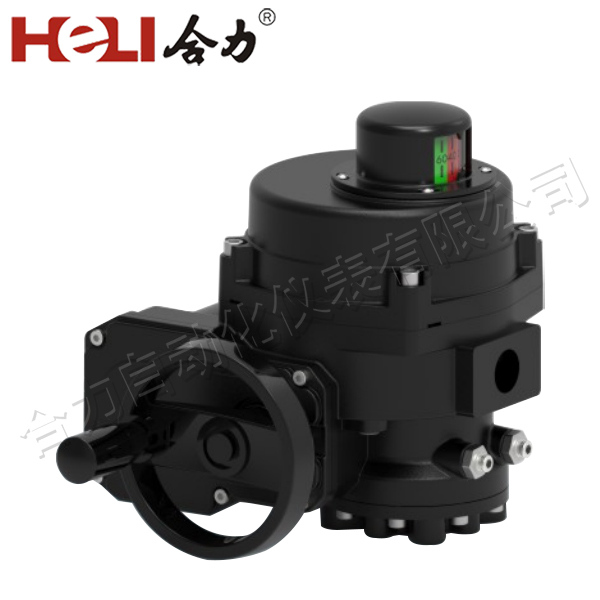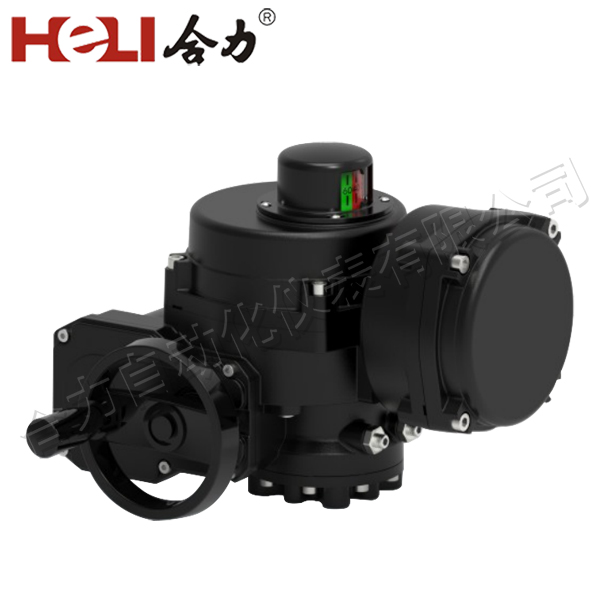understanding lithium battery electrical installation
Release time:2024-12-07 21:56:09
As the demand for clean energy sources continues to grow, lithium batteries have emerged as a pivotal component in various applications, from electric vehicles to renewable energy storage systems. Their popularity stems not only from their efficiency and energy density but also from their relatively lightweight and compact form. However, the installation of lithium battery electrical systems requires careful consideration to ensure safety and optimal performance. This article explores the key aspects of lithium battery electrical installation.

Safety First: Understanding Hazards

Before diving into installation, it is crucial to understand the safety hazards associated with lithium batteries. Unlike traditional lead-acid batteries, lithium batteries can pose unique risks, including thermal runaway, fires, and chemical leakage. Therefore, installers must wear appropriate personal protective equipment (PPE) and have a thorough understanding of the battery's chemistry and configuration. It is also essential to work in a well-ventilated area away from flammable materials. Choosing the Right Equipment




